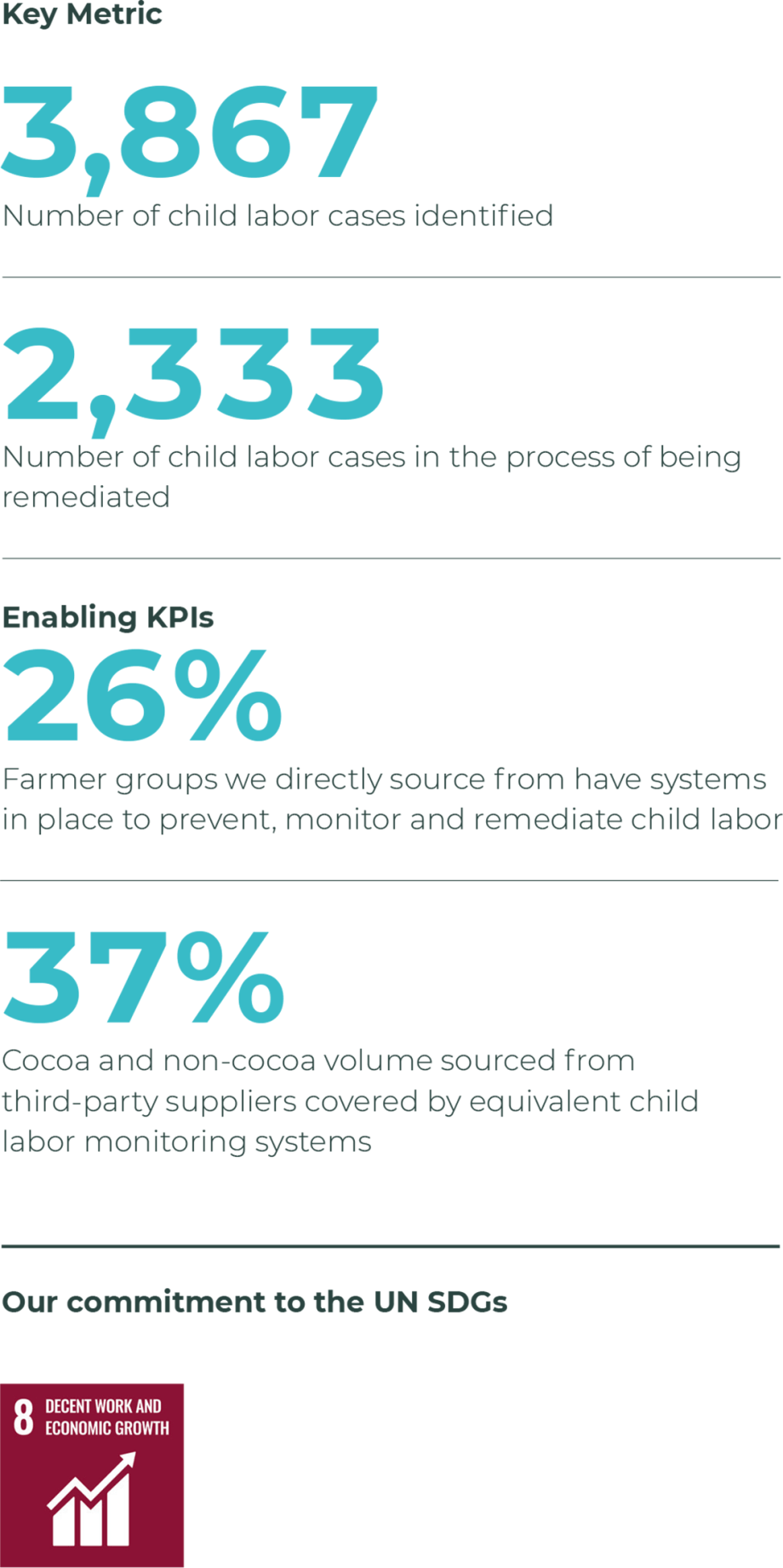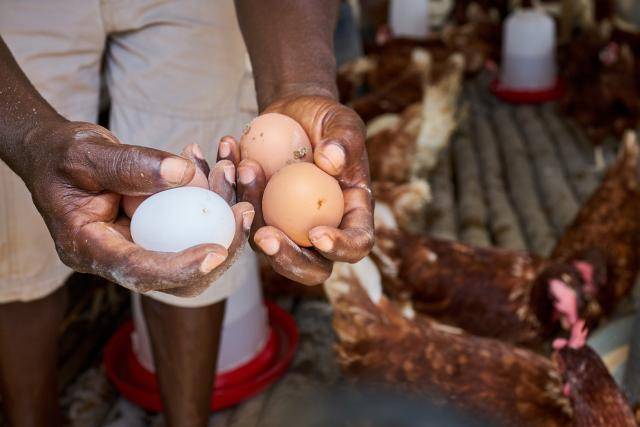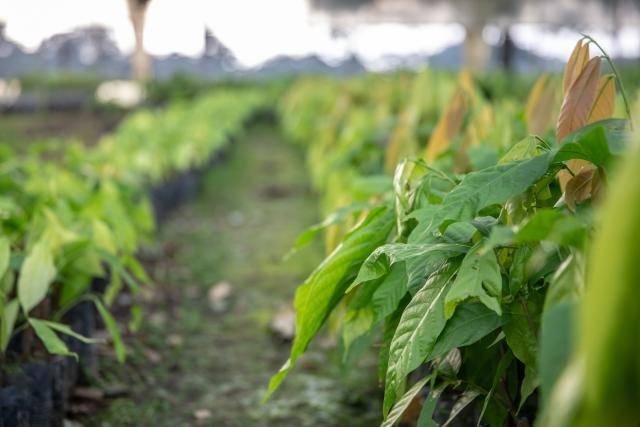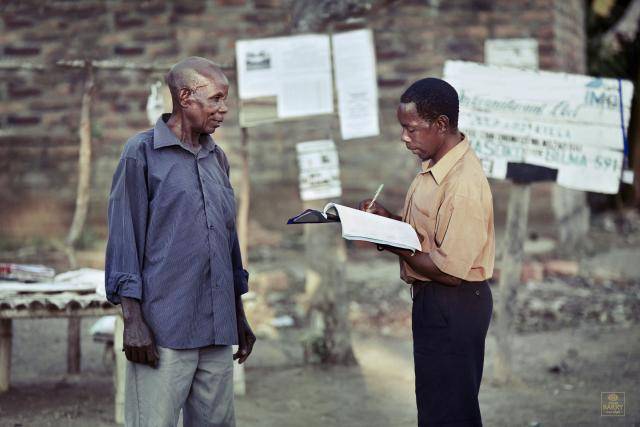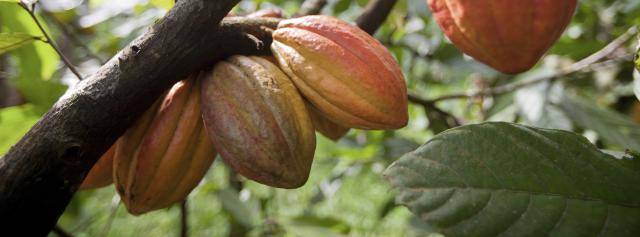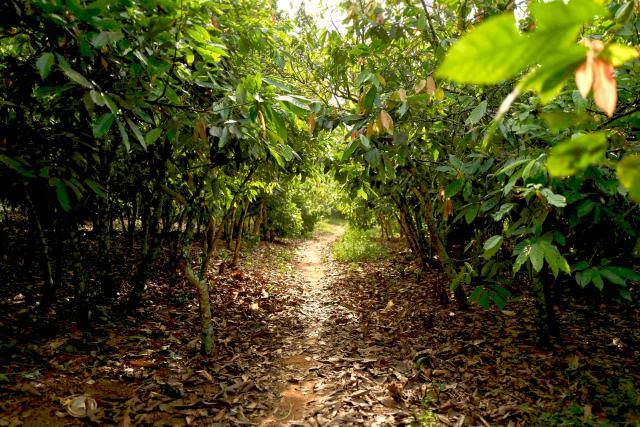Eradicating Child Labor
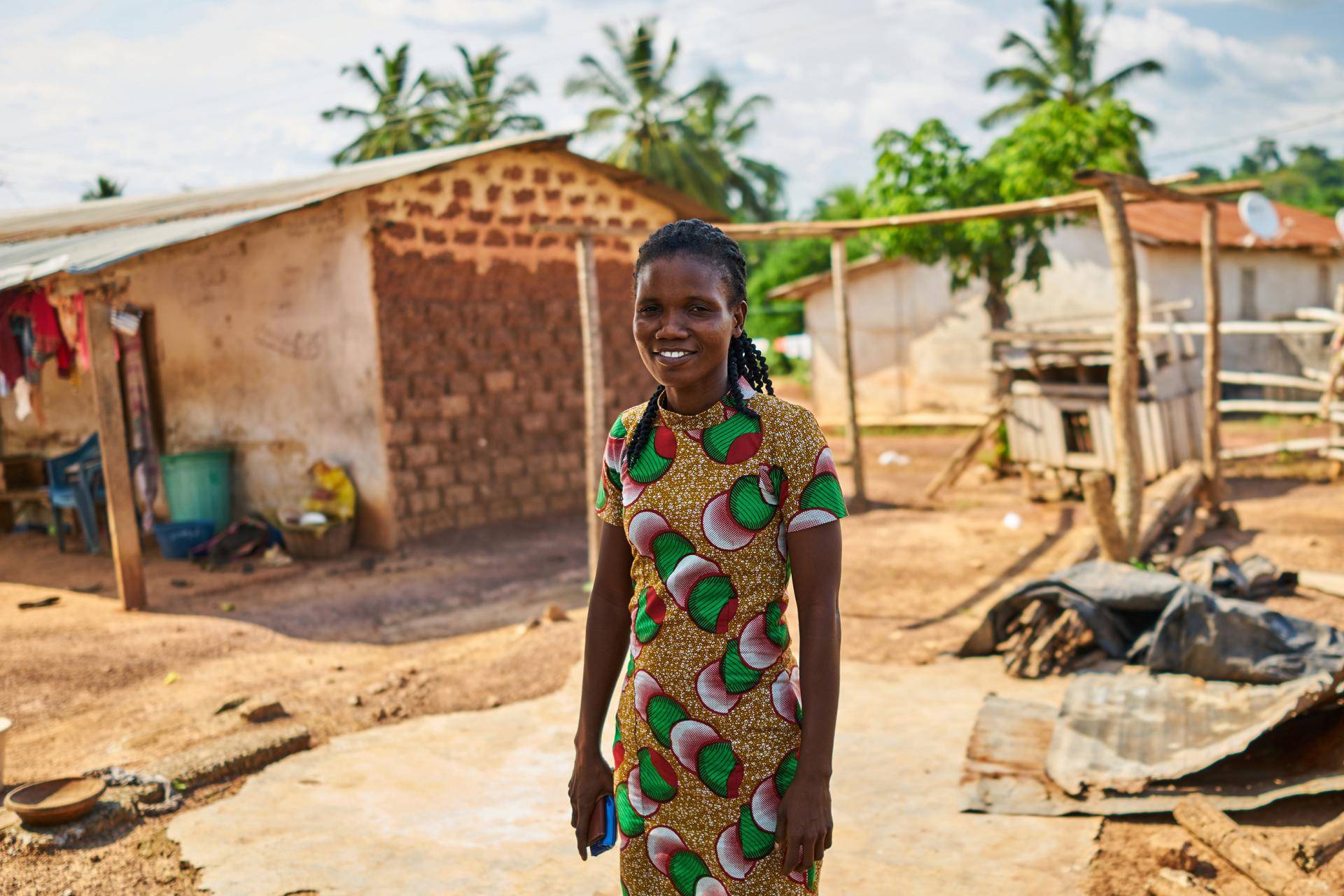
Eradicating Child Labor

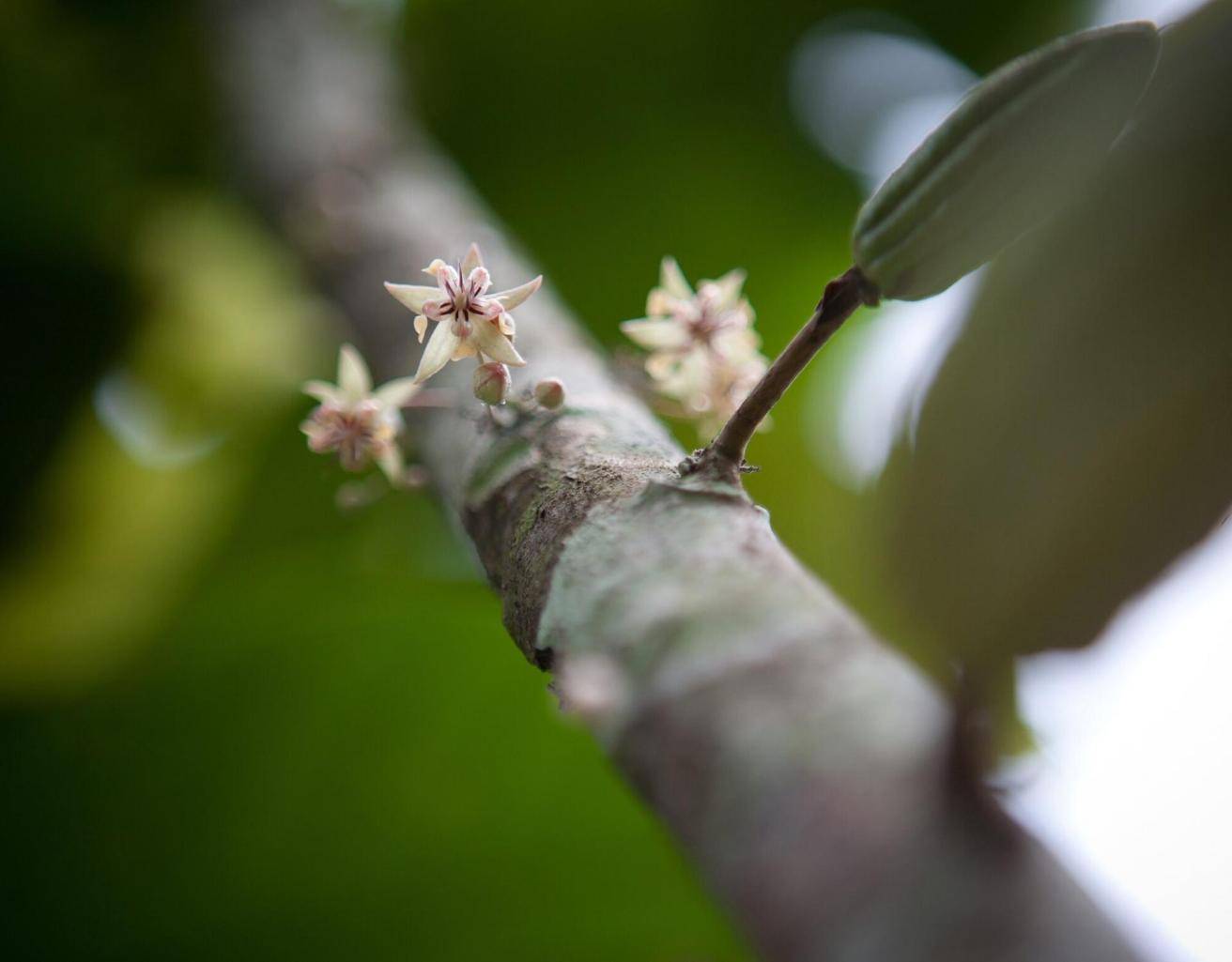
Our approach
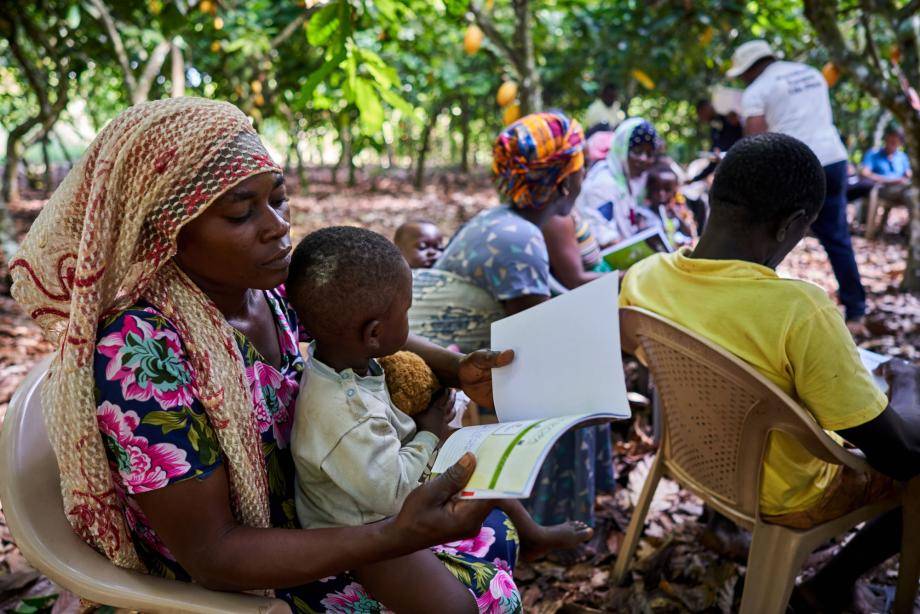
The census data we have collected from 229,142 farmers, allow us to target our child labor monitoring and remediation activities towards those communities at highest risk of engaging in the worst forms of child labor.
Adult literacy classes, the distribution of water filters at schools, health programs and the establishment or strengthening of community institutions such as Community Action Plans, Child Protection Committees and Village Savings and Loan Associations are examples of our efforts. The latter, together with income-generating activities and agroforestry projects, are particularly relevant for the economic empowerment of female cocoa farmers.
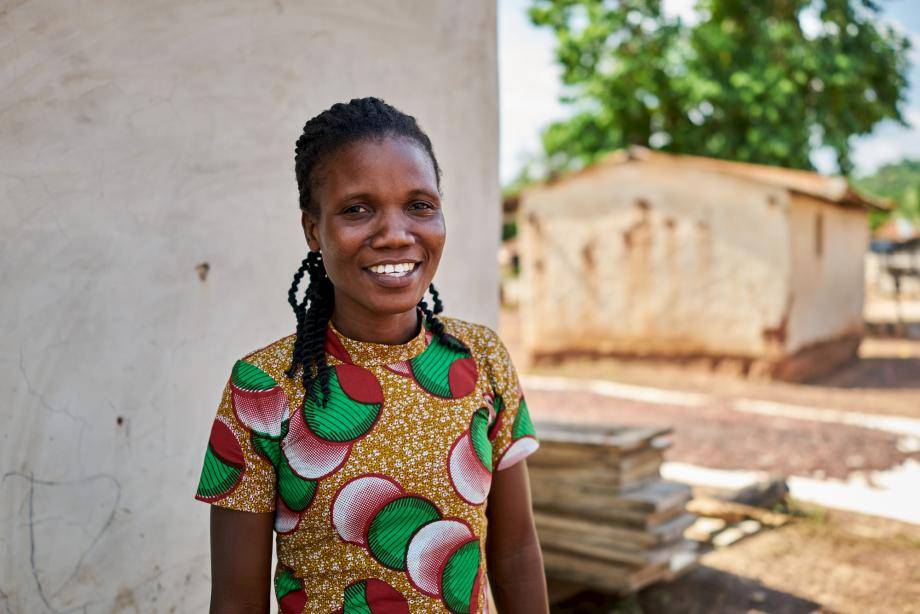
Ellen Tawiah, school teacher and a member of our Child Protection Committee, Ghana.
To this effect, we include information on cocoa farmer households in the data we collect. This allows us to assess the number of children in a farmer’s household and, by cross-referencing the data we have on the relevant cocoa farming community, we can assess the risk that the children on the farm will be engaged in the worst forms of child labor. The risk of a farm being dependent on the use of child labor is based on data such as the number of children in the household, access to quality education, and women’s income earning potential. The census data we have collected from 229,142 farmers, allow us to target our child labor monitoring and remediation activities towards those communities at highest risk of engaging in the worst
forms of child labor.
This year, we significantly expanded the range of farmer groups and communities covered by child labor monitoring and remediation systems. Our monitoring and remediation approach is based on the industry practice as developed by the International Cocoa Initiative (ICI). Remediation activities to sensitize farmers range from household visits to encouraging the schooling of children working on the farm. This includes the provision of school kits, birth certificates and remedial schooling, as well as influencing labor practices by providing, for example, wheelbarrows and instructions on the use of non-hazardous tools. In 2018/19 we trained 80,847 farmers on child labor awareness.
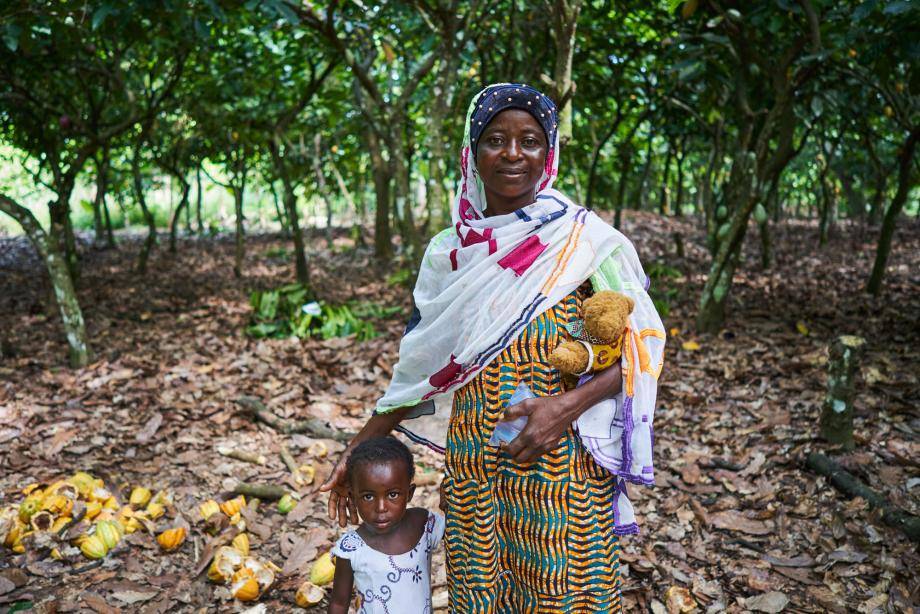
We are increasing our efforts through community-based approaches, empowering cocoa-farming communities to take action against the worst forms of child labor and improve children’s rights. Adult literacy classes, the distribution of water filters at schools, health programs and the establishment or strengthening of community institutions such as Community Action Plans, are examples of our efforts.
Further, in 2018/19 we initiated a pilot program to establish a child protection committee in Ghana. This is a unique partnership which brings together district and local-level government agencies, social welfare specialists and community planners. The aim of the committee is to create partnerships at district level with village representatives who will sensitize the community on child labor risks and engage in monitoring.
Our measured impact
We continue to implement our monitoring and remediation systems and now cover 42 farmer groups, including 16,710 farmers in Côte d’Ivoire and Ghana. This is a significant increase of +39% compared to the previous fiscal year. In total we established that in 2018/19, 26% of the farmer groups we directly sourced from have systems in place to prevent, monitor and remediate child labor, an increase of +116% compared to 2017/18. We found in the fiscal year under review 3,867 cases of child labor (–9%) which we are determined to remediate. Of the reported cases, 2,333 are in the process of being remediated1.
Our zero child labor commitment extends beyond cocoa. This year 37% of the cocoa and non-cocoa volume sourced from third party suppliers from low risk segmentations is covered by equivalent child labor monitoring systems.
Our focus in the next fiscal year will be to encourage our suppliers to develop roadmaps and targets for sourcing raw materials that are covered by a risk management system that identifies and addresses child labor risks. We will focus specifically on those suppliers of raw materials who are exposed to a high child labor risk in their supply chains, such as cane sugar.
|
1 https://www.cocoainitiative.org/sites/default/files/resources/ICI-CLMS-Effectiveness_15_May.pdf. Please refer to page 33 for an overview of remediation activities including i) individual remediation targeting the child ii) household remediation targeting the family of the identified child and iii) community level remediation. |
